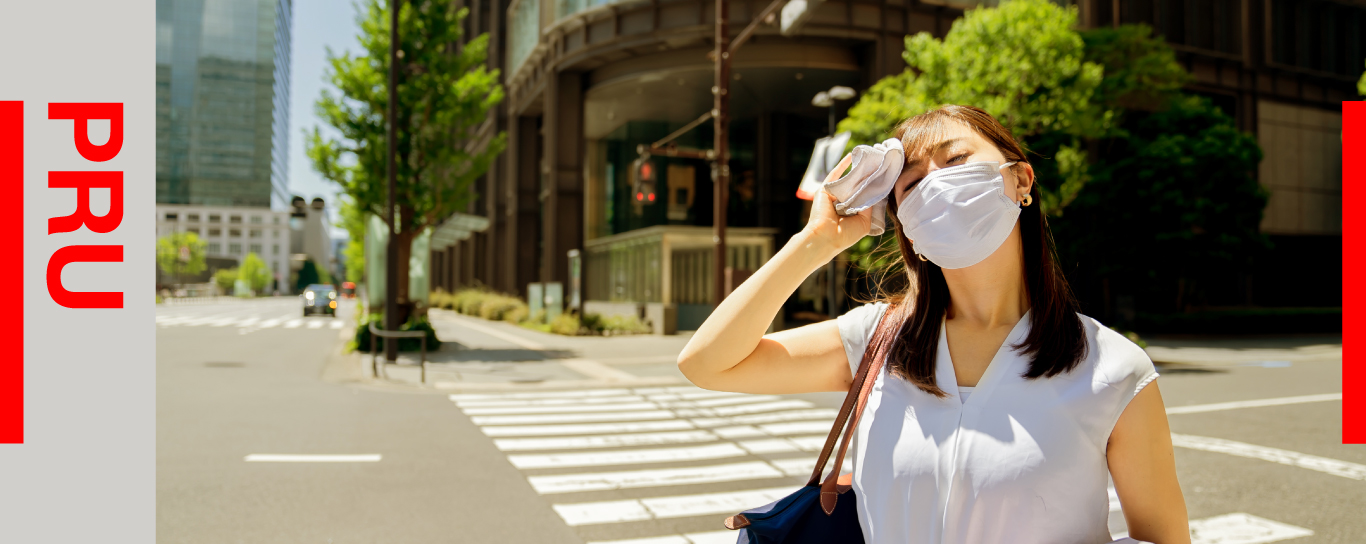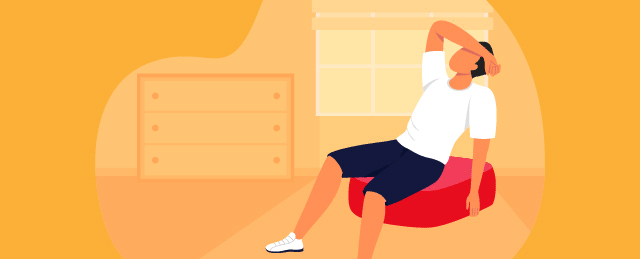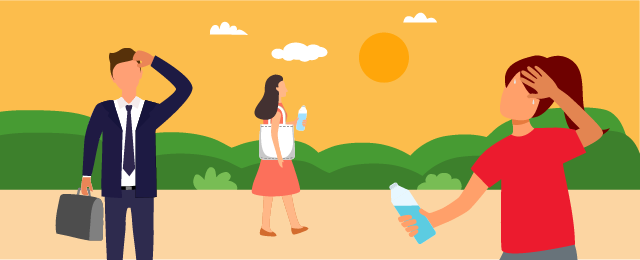
How to Respond to Different Heat-Related Illnesses
Written by The Health Aisle Team
Medically reviewed by Dr. Aliya Kassamali, PharmD

Rising temperatures and increasing heatwaves can cause stress on our bodies, resulting in heat-related illnesses.
It is important to know the differences between heat-related illnesses to identify if they are serious and how you should respond. Heat stroke requires immediate medical attention —so it’s important to know what it looks like.

|
What it looks like |
What to do |
|
|

|
What it looks like |
What to do |
|
|

|
What it looks like |
What to do |
|
|

|
What it looks like |
What to do |
|
|
If heat exhaustion is not treated right away, it can lead to heat stroke, so it’s important to react quickly. Anyone is at risk of heat-related illnesses, but some people may be more sensitive. Pay extra attention to:
-
adults over 65 and young children, because they are less able to regulate body temperature;
-
people taking medications that make it difficult to stay hydrated, for example, for heart conditions or high blood pressure. Check with your doctor or healthcare professional if you are unsure; and
-
people who are overweight. Being overweight can cause your body to retain more heat and make it harder to cool down.

Be careful going out on days with higher-than-normal temperatures and high humidity. Also, rapid temperature changes from cold to hot weather can make it harder for your body to adjust. Protect yourself by being prepared!
References:
-
National Institute for Occupational Safety and Health. (2018, June 6). Heat Stress-Related Illness | NIOSH | CDC. Centers for Disease Control and Prevention. https://www.cdc.gov/niosh/topics/heatstress/heatrelillness.html
-
National Center for Environmental Health (NCEH), Agency for Toxic Substances and Disease Registry (ATSDR). (2017, September 1). Warning Signs and Symptoms of Heat-Related Illness | Natural Disasters and Severe Weather | CDC. Centers for Disease Control and Prevention. https://www.cdc.gov/disasters/extremeheat/warning.html
-
O’Connor F.G et al. (2021). Exertional heat illness in adolescents and adults: Management and prevention. UpToDate.
-
Miller, J. L. (2021). Miliaria. UpToDate.
